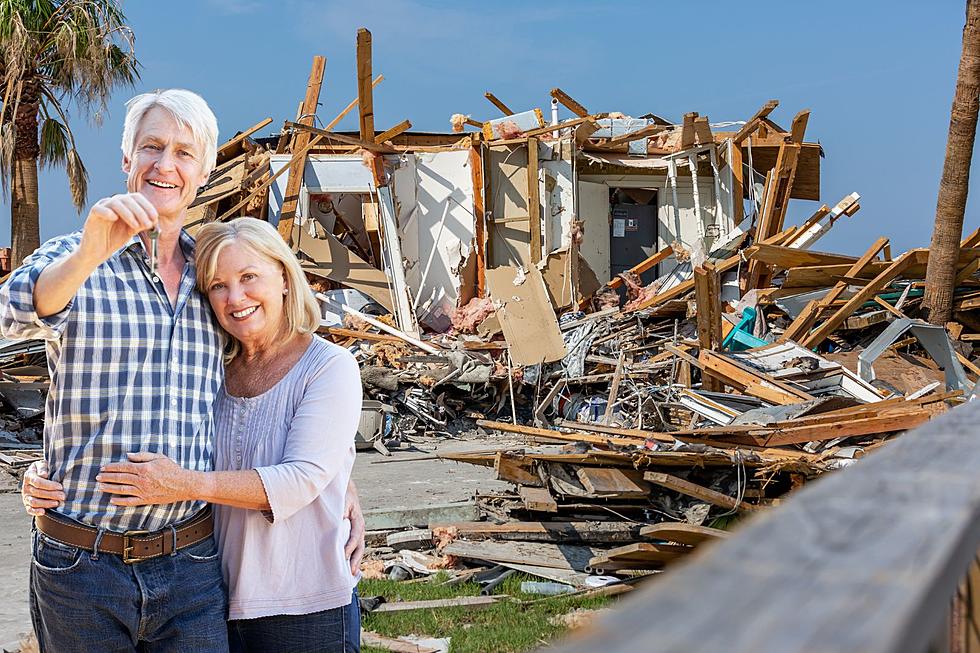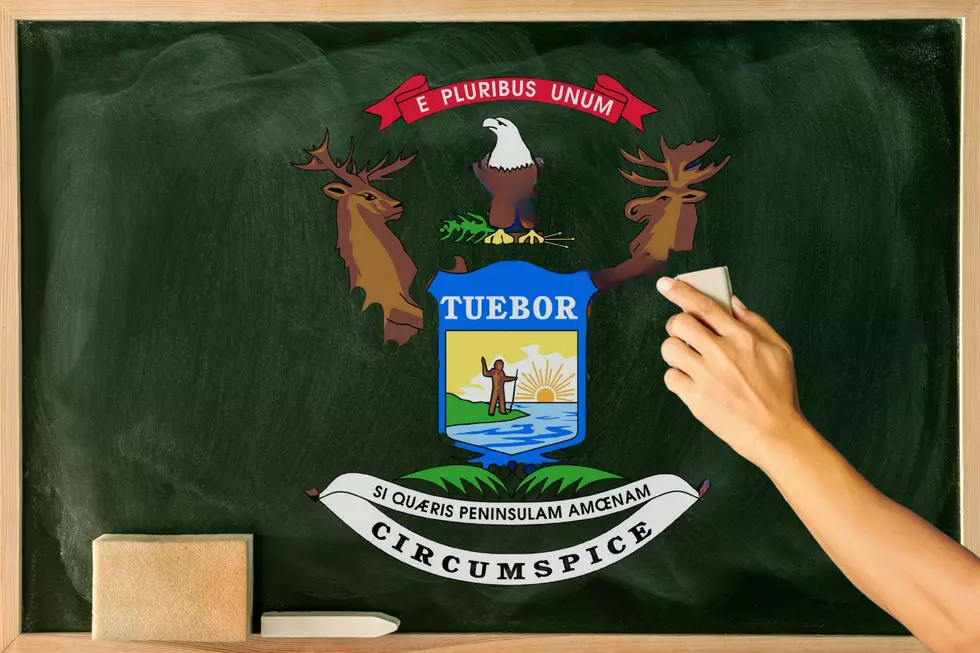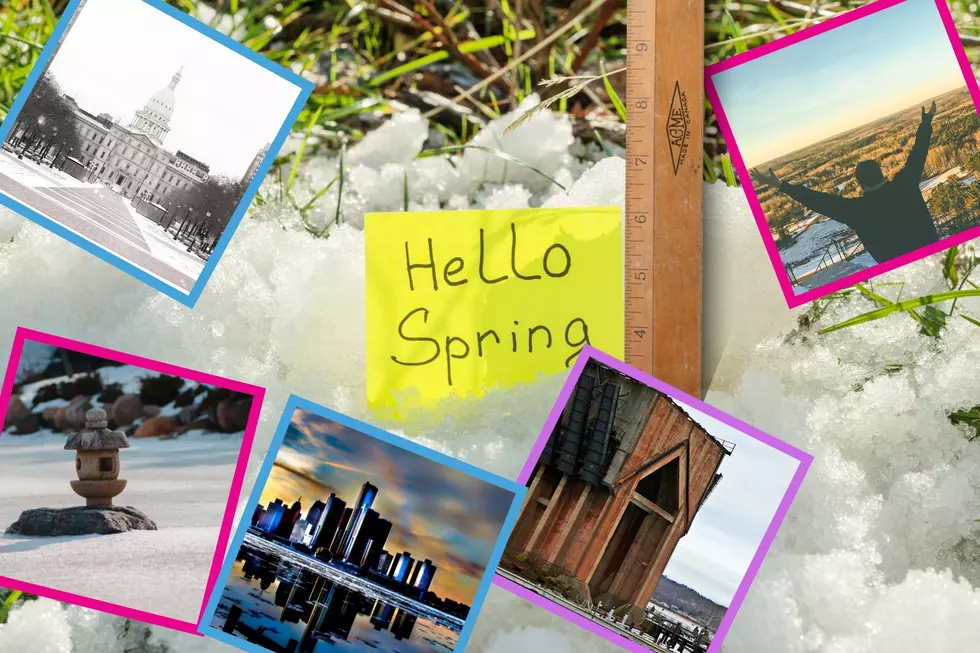
Science Giving Michiganders 6th Reason NOT to Move to Florida?
On the surface, and as a vacation destination, Florida speaks to most Michiganders. It's warm, there's sunshine, palm trees, beaches, and the ocean. Frankly, you had me at 'warm and sunshine'.
Related: Are There Land Hurricanes? Do They Happen in Michigan?
Then I remember! "That's right, in Michigan we don't have legions of 15-foot-long snakes looking to choke the life out of you or alligators that drag you into the murky depths and snack on you. Plus let's not forget about Florida's rate of natural disasters compared to the Mitten State.
Storms Becoming So Strong Scientists May Need to Add a 6th 'Category' to Hurricanes
All kidding aside, Florida is a gorgeous state that is a favorite destination for Michigan family vacations. That said, the state's geographic location puts it smack dab in the path of most hurricanes, some of which have been so powerful that the current scale that ranks them may have to add another category to properly define their strength.

Hurricanes are currently rated on the five-category Saffir-Simpson scale, which was created over 50 years ago. Here's a look at the wind scale, as defined by the National Hurricane Center:
- Category 1: 74-95 mph winds
- Category 2: 96-110 mph winds
- Category 3: 111-129 mph winds
- Category 4: 130-156 mph winds
- Category 5: 157 mph or higher
So if Category 5 is 157 mph or higher, why would add another category? The last decade-plus has produced some catastrophic hurricanes and typhoons (same as a hurricane, only in the Pacific Ocean) that far exceed the 157 mph wind speed. Here's a look:
- Typhoon Haiyan
- 2013 with 195 mph winds
- Hurricane Patricia
- 2015 with 215 mph winds
- Typhoon Meranti
- 2016 with 195 mph winds
- Typhoon Goni
- 2020 with 195 mph winds
- Typhoon Surigae
- 2021 with 195 mph wings
In a recent study published in the Proceedings of the National Academy of Sciences, the authors have suggested adding a 6th Category to the wind scale to properly convey the damage a potential storm is packing.
The Likelihood National Hurricane Center Adds 'Category 6'
Jamie Rhome, the deputy director of the National Hurricane Center, when asked about the possibility of adding another category, had this to say about the current scale and what their focus is when a storm is approaching,
...to steer focus toward...strom surge, wind, rainfall, tornadoes and rip currents. Category 5...already captures 'catastropic damage' from wind so it's not clear there would be a need for another category even if the storms were to get stronger
Based on my observations, which exclusively happen in the comfortable (albeit chilly) confines of my Michigan home while watching the tropical weather roll in on TV, maybe adding a 6th Category would be enough of an incentive for stubborn Floridians to evacuate when Mother Nature steers bad intentions in the direction of the other Peninsula State.
LOOK: The most expensive weather and climate disasters in recent decades
Gallery Credit: KATELYN LEBOFF
More From 99.1 WFMK









